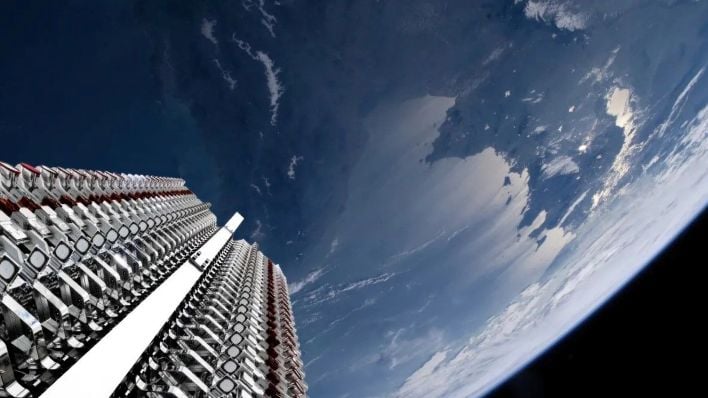China Eyes Space-Shooting Lasers & Sabotage To Neutralize Musk's Starlink Network
Starlink, the brainchild of Musk's SpaceX, has rapidly become the world's largest low-Earth orbit (LEO) satellite constellation, with over 8,000 active satellites providing high-speed, affordable internet in remote and under-served regions across 140 countries. Its strategic importance was highlighted during the ongoing conflict in Ukraine, where Starlink proved indispensable for Ukrainian forces' battlefield communications, drone operations, and real-time intelligence sharing. No doubt, these kinds of demonstrations have become particularly unnerving for Beijing.

This intensified focus on countering Starlink also comes as China accelerates its own plans to build a rival LEO satellite constellation. In 2021, Beijing established the state-owned China SatNet company, tasked with launching its own Guowang megaconstellation, with a goal of eventually deploying 13,000 satellites. Another government-backed firm, Qianfan, aims for 15,000 satellites. These initiatives are driven by both national security needs and the need to compete with Starlink in the global market, potentially offering an alternative satellite internet service that adheres to China's content moderation policies (no doubt a much-requested feature by fans in North Korea and Iran).
Even if this escalating rhetoric has more to do with China's fear of losing the technological and dominance of space to a foreign entity, the prospect of active countermeasures, if deployed, raises alarming questions about the potential for collateral damage to other satellites from other countries, as well as the increasing militarization of outer space.

